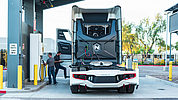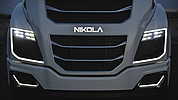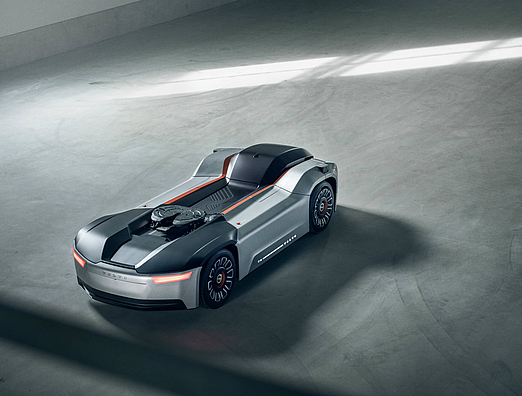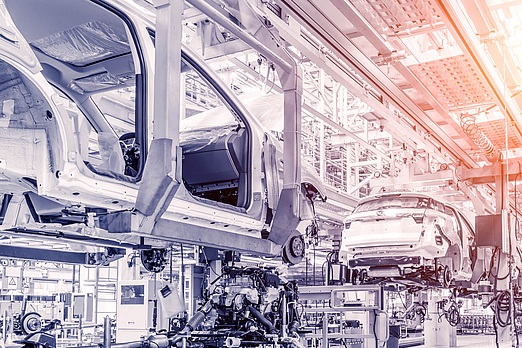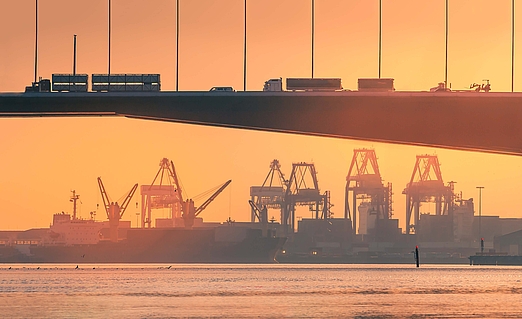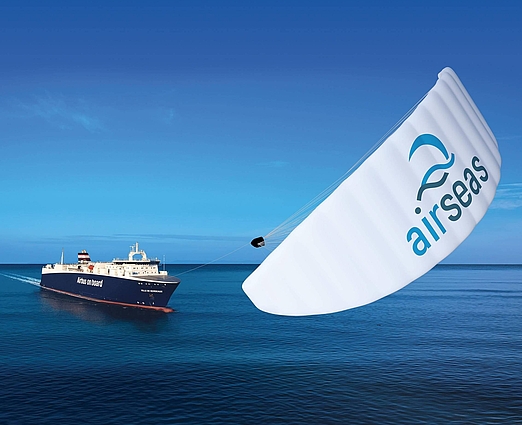Clean hydrogen power is a dream coming true
- Insights
The fight against the rise in global CO2 and the warming of the climate demands innovative and diversified approaches. Hydrogen is drawing increasing attention as an extremely promising energy carrier even for road transportation. The big advantage of hydrogen: it is unbeatable for mobile storage of large energy quantities, and its energy storage capabilities are even superior to many batteries. Versatile and flexible, there is really no reason not to use hydrogen on the road. The technology is not quite ready for cars, but this form of power definitely has potential for heavy goods vehicles.
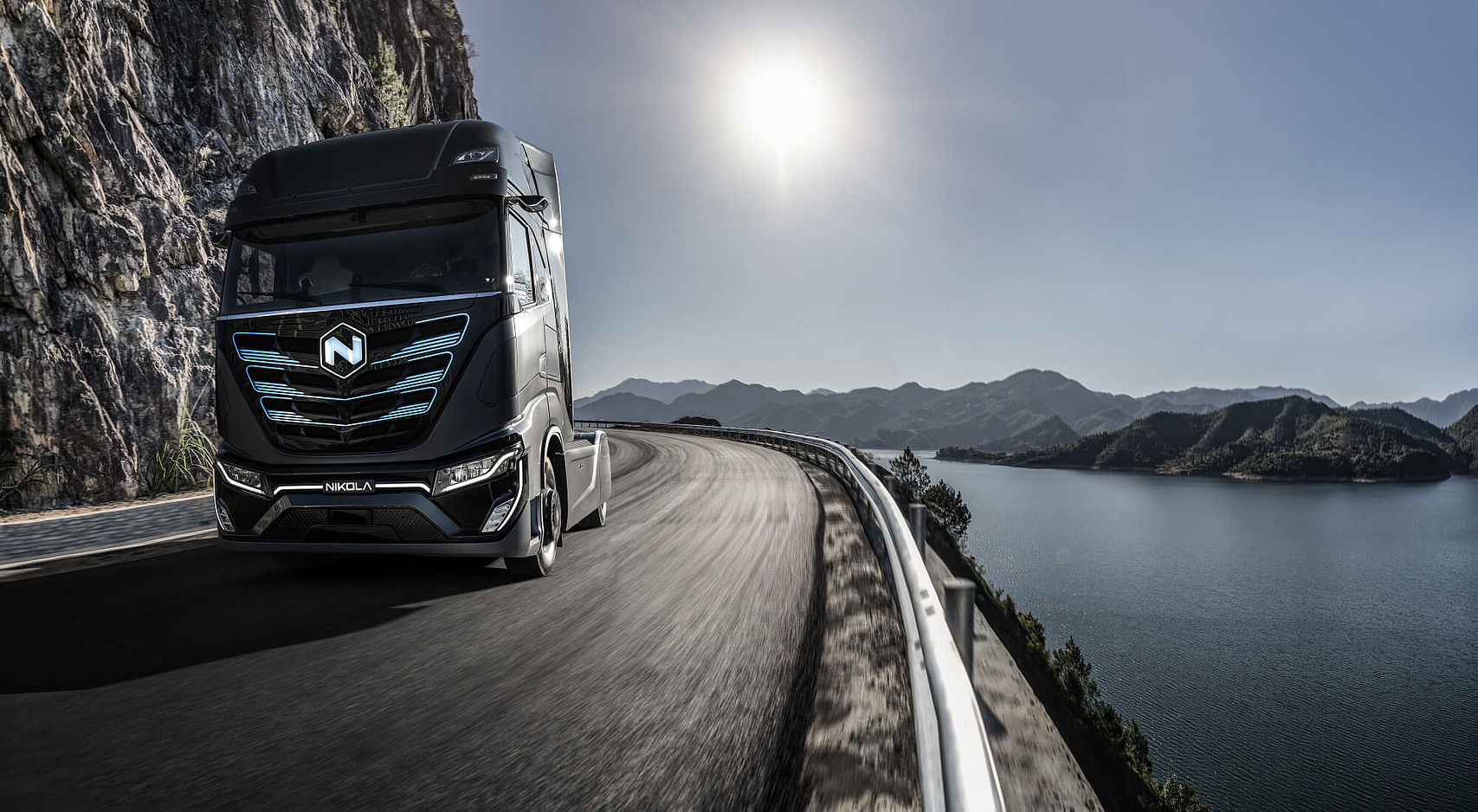
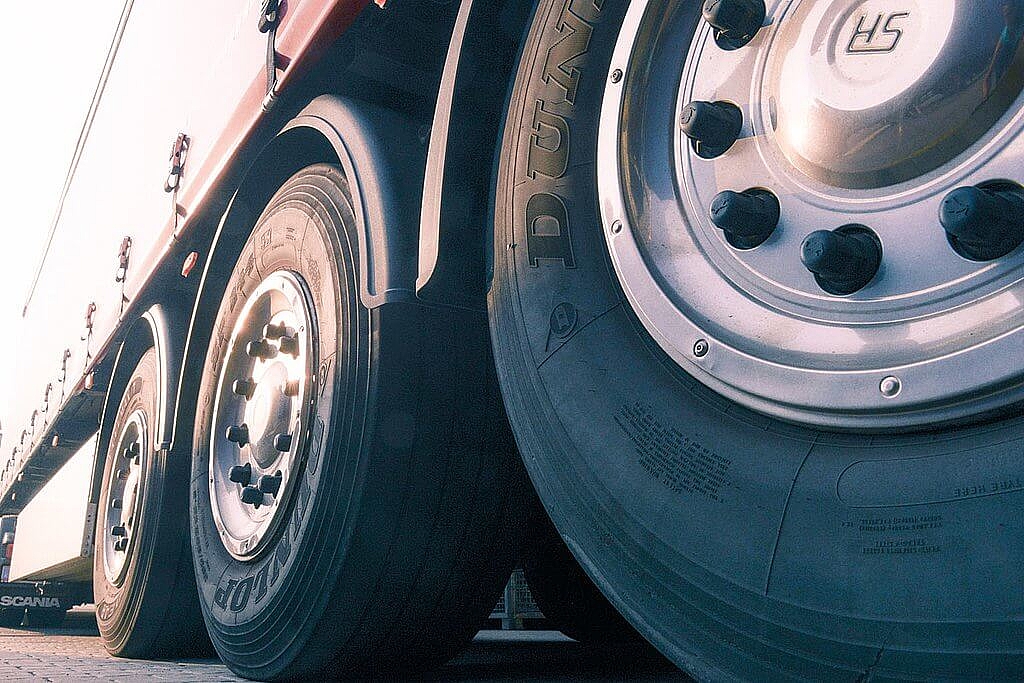
FTL – for urgent full loads
Our full load service provides maximum punctuality for your urgent full loads within Europe. We transport all varieties of commercial goods, palletized or non-palletized. Thanks to our pool of certified carriers, we can offer high flexibility in regard to cargo space.
Find out more

Groupage – for smart consolidation solutions
Benefit from our Europe-wide and consolidation network for daily departures, fast transit and efficient door-to-door deliveries. Transit times range between 24 and 72 hours, making use of overnight runs whenever possible. We also offer express services on request.
Find out more
